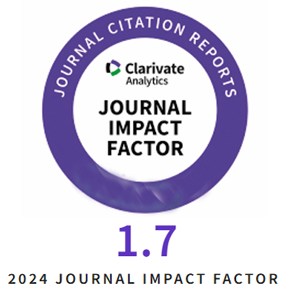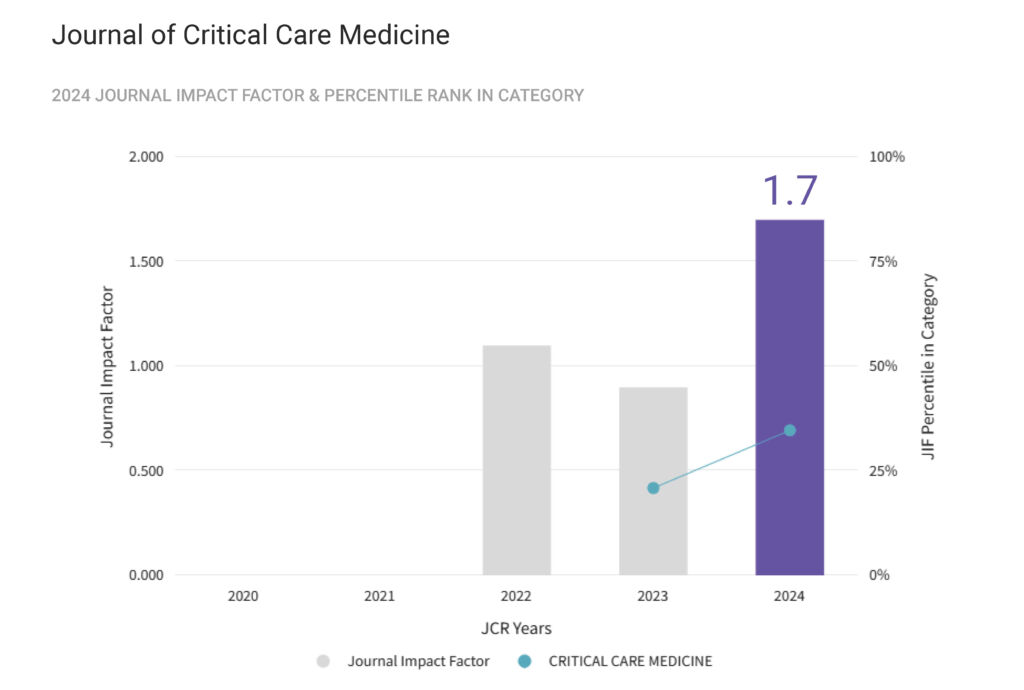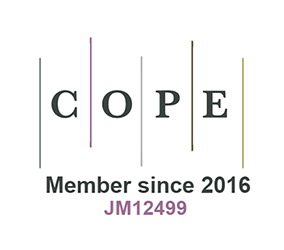Introduction: The use of selective digestive decontamination (SDD) in critically ill patients remains controversial. The impact of antimicrobial resistance varies according to multiple factors attributed to the type of patient and the characteristics of intensive care units (ICU).
Aim of the study: to describe the effect of the implementation of a selective digestive decontamination protocol on the incidence of nosocomial infections and colonization of multidrug-resistant organisms (MDRO) in an intensive care unit.
Materials and methods: Prospective observational study in a general ICU of a University Hospital. All patients admitted for 2 years (divided into 1-year periods) before and after the implementation of the SDD were included. This intervention was performed in all patients who received invasive mechanical ventilation in the second period. Incidence density rates were determined for all nosocomial infections (per days of stay) and device-associated infections (per days of use), and risk ratio (RR) were calculated with 95% confidence intervals. Microbiological surveillance of the colonization status of patients was performed on admission and on a weekly basis. A univariate analysis was performed for comparison between groups. A p<0.05 was considered significant.
Results: A total of 1532 patients were included in the pre-intervention period (pre-SDD) and 1734 in the post-intervention period (post-SDD). The incidence of all infections decreased [9.21 vs 6.54 per days of stay; RR: 0,71 (0,428 – 1,172), p=0,16], although not significantly. Both catheter-related bacteremias and all catheter-related bacteremias together (primary and secondary) were significantly reduced [4.49 vs 0.71 per 1000 days of use; RR: 0,157 (0,017 – 0,723), p=0,006]. The colonization rates by MDRO also decreased (3.26% vs 2.36%), but not significantly.
Conclusions: Implementation of SDD significantly decreased the number of catheter-related bacteraemias, without an increase in MDRO colonization.
Tag Archives: colonization
Endotracheal Tube Biofilm and its Impact on the Pathogenesis of Ventilator-Associated Pneumonia
Ventilator-associated pneumonia (VAP) is a common and serious nosocomial infection in mechanically ventilated patients and results in high mortality, prolonged intensive care unit- (ICU) and hospital-length of stay and increased costs. In order to reduce its incidence, it is imperative to better understand the involved mechanisms and to identify the source of infection. The role of the endotracheal tube (ET) in VAP pathogenesis became more prominent over the last decades, along with extensive research dedicated to medical device-related infections and biofilms. ET biofilm formation is an early and constant process in intubated patients. New data regarding its temporal dynamics, composition, germ identification and consequences enhance knowledge about VAP occurrence, microbiology, treatment response and recurrence.
This paper presents a structured analysis of the medical literature to date, in order to outline the role of ET biofilm in VAP pathogenesis and to review recommended methods to identify ET biofilm microorganisms and to prevent or decrease VAP incidence.










